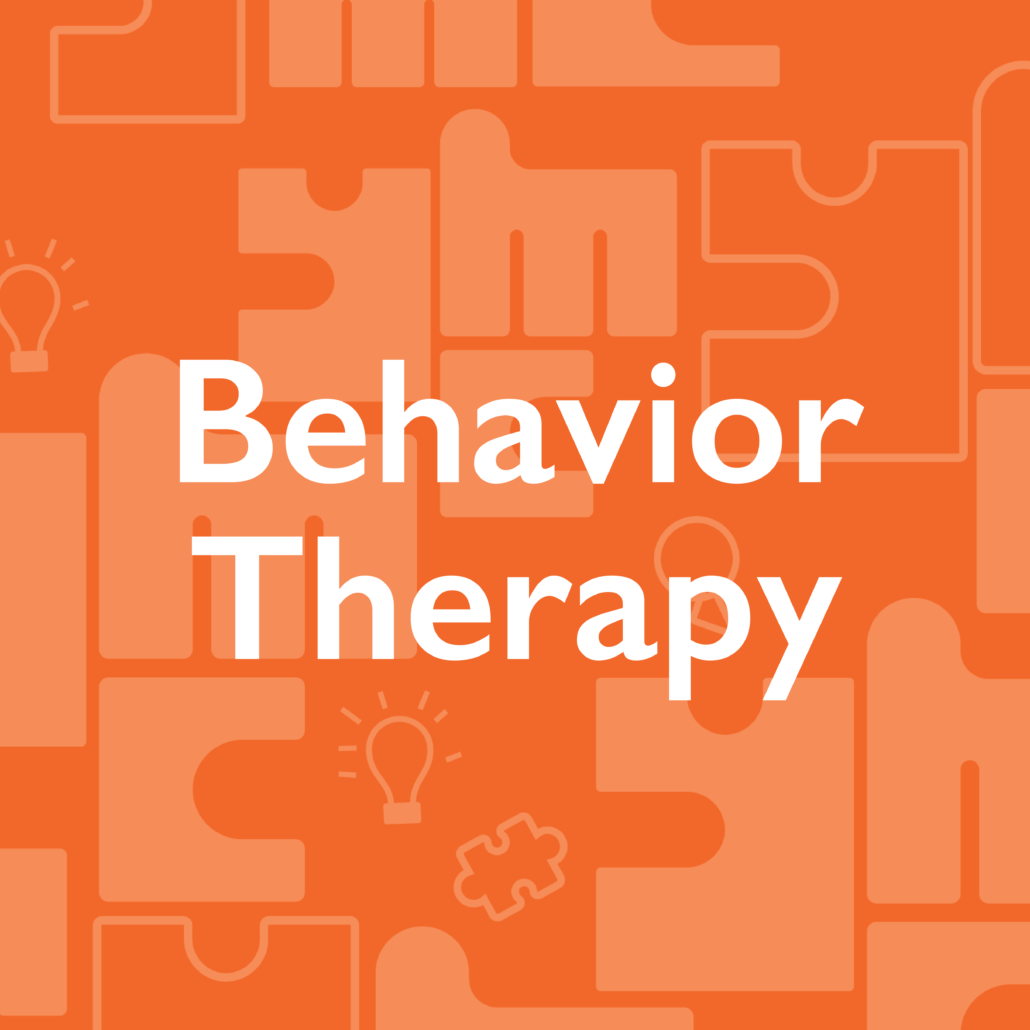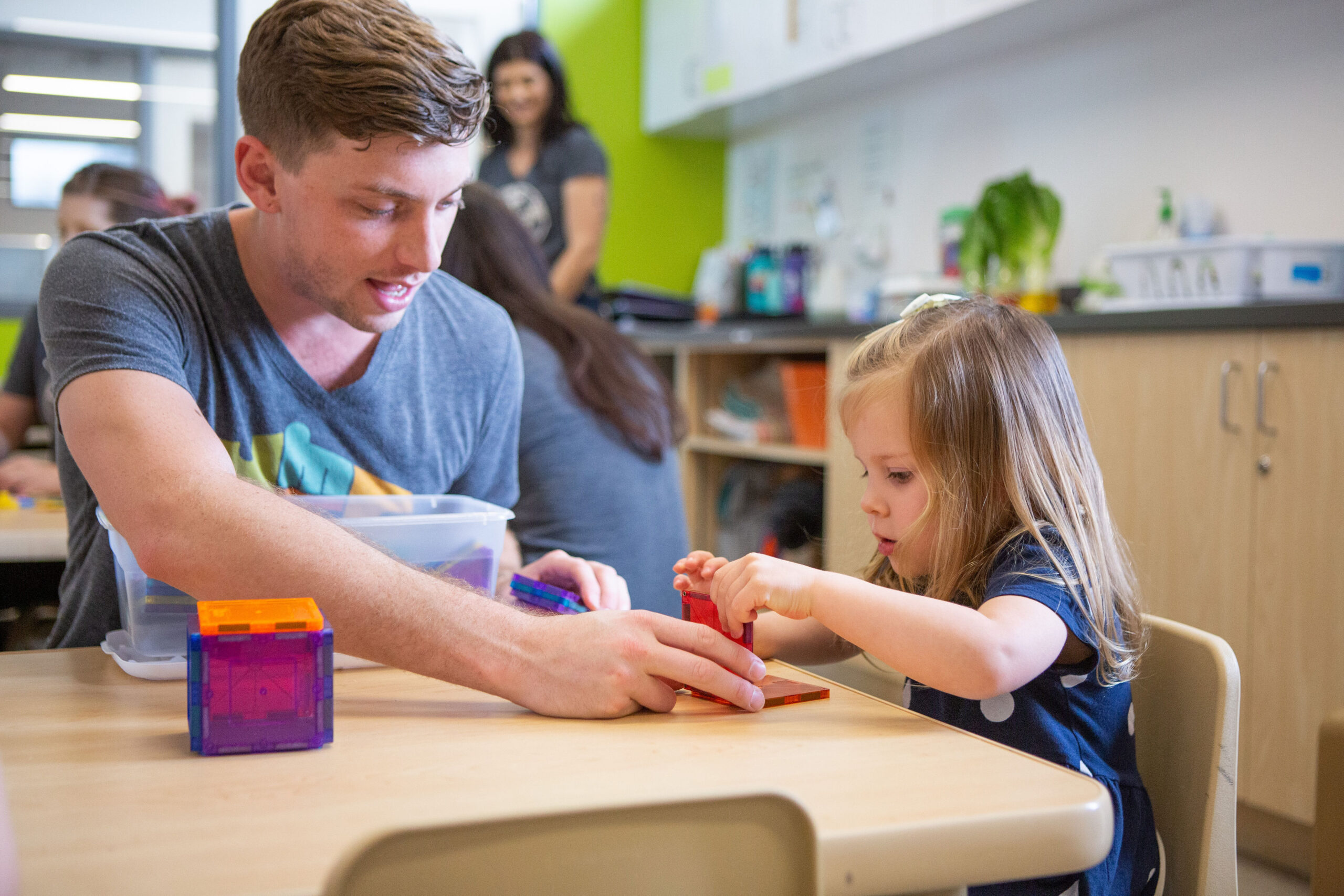


Applied Behavior Analysis (ABA) is the application of behavioral laws to change socially significant behavior to a meaningful degree. ABA is based on the science of learning and behavior. ABA helps us to understand:
The principles of ABA form the basis for many behavioral treatments including discrete trial learning, incidental teaching (or natural environment training), verbal behavior, pivotal response training, and the Early Start Denver Model (ESDM), what our intervention is based on at YMC. All of these techniques focus on antecedents (what happens before a behavior occurs), the behavior emitted, and the consequences (what happens after the behavior).
The National Research Council, an organization that advises the U.S. Congress on policy, made a set of recommendations about best practices for early intervention with young children with autism. The criteria are as follows:
For behavior therapy, YMC currently accepts BCBS insurance plans.
©Young Mind Community Center 2019-2024